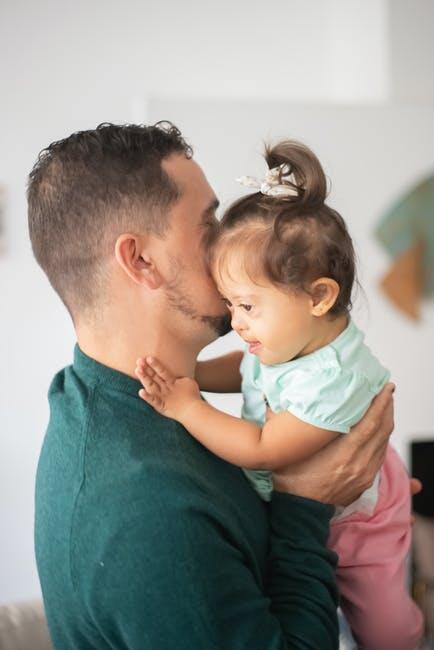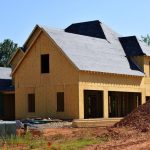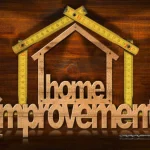Imagine living in a community where everyone, regardless of ability, feels seen, supported, and connected. Many people with disabilities face challenges from limited resources and isolation. Stronger support networks can change this by promoting inclusion and empowerment.
As these networks grow, communities become more inclusive and supportive. They create spaces where diversity is valued and everyone can belong. Read the full article to see how stronger disability support systems can make a lasting impact.
Importance of Disability Support Networks
Disability support networks help people and families get the support they need. They promote inclusion, improve mental well-being, and open doors to opportunities. When communities work together to strengthen these networks, everyone benefits.
Strong networks also help share resources more effectively. They connect people to the right help, making sure support goes where it’s needed most. This makes help more organized and impactful for everyone involved.
These networks also build confidence and connection. They give people a sense of belonging and encourage them to take part in community life. As they grow stronger, they help create a more inclusive and equal community for all.
How Communities Can Build Stronger Networks
Establishing effective disability support networks requires a collective approach. Here are some strategies that communities can implement:
Engage Stakeholders
Getting everyone involved is important for strong disability support networks. This includes people with disabilities, their families, service providers, and community groups. Working together helps meet real needs and create solutions that help everyone.
Each person brings useful experience that makes programs better. Sharing ideas and working together builds trust and makes the network stronger. Transparent communication ensures the network’s longevity and enhances its effectiveness.
When everyone takes part, the whole community benefits. Shared effort leads to better results for individuals and families. Strong networks also create a sense of belonging and inclusion for everyone.
Resource Mapping
Resource mapping is important for strong disability support networks. It shows which services and programs are available and where support is missing. This helps communities plan better and focus on the areas that need the most help.
Mapping also prevents overlapping services and ensures resources are used well. It makes it easier to coordinate support and reach the people who need it most. Communities can use resources efficiently and avoid wasting effort.
Knowing what resources exist makes the whole support system stronger. It helps communities make better decisions and improve access to services. Resource mapping creates a more organized and inclusive environment for everyone.
Training and Workshops
Training helps community members learn how to support people with disabilities. It includes awareness sessions, advocacy tips, and hands-on practice. These programs make it easier to understand needs and promote inclusion.
Being well-informed allows people to give better, more respectful help. Training reduces stigma and encourages empathy. It helps everyone treat others with dignity.
Continuous learning keeps the community supportive and inclusive. Regular training refreshes skills and expands knowledge. This makes the community stronger and more connected.
Online Platforms and Social Media
Technology makes it easier for people to find help. Online directories list local services and programs in one place. This saves time and makes it simple to get the support needed.
Social media helps people connect and share advice. Users post tips, experiences, and updates quickly. These spaces make support and community easy to reach.
Digital tools remove barriers to getting help. People can join groups, attend online events, or use resources from home. This makes support available to more people when they need it.
Collaborating with Local Organizations
Collaboration builds strong disability support networks. Local groups and leaders share knowledge and resources to reach more people. Working together makes support more effective.
Partnering with schools, healthcare, and employers creates a full care system. This teamwork helps access education, health services, and jobs. United efforts make support connected and practical.
Networking events strengthen these partnerships. They allow sharing of experiences, challenges, and successes. These connections build trust and encourage ongoing teamwork.
Success Stories of Strong Disability Support Networks
Strong community networks are a key example of how teamwork can strengthen disability support systems. They bring together organizations, families, and individuals to work toward common goals. This collaboration helps ensure better support and services for everyone involved.
People in the program said they felt more supported and valued in their communities. Consistent resources and opportunities empowered them to achieve greater independence and foster connections. This shows how well-planned support networks can make a real difference in people’s lives.
Programs like Disability Support Services Sydney aim to empower people with disabilities. They offer services in health, wellness, and social activities for individuals and families. These programs show that inclusive care benefits the whole community.
Empowering Individuals Through Education and Advocacy
Education and advocacy are key to building strong disability support networks. Teaching individuals and families how to find and use available resources helps them make better choices. Workshops can guide them in understanding their rights, services, and ways to ask for help.
Learning these skills builds confidence and independence. It also helps people take part in improving the programs that serve their community. Informed individuals strengthen the network and make it more effective.
Advocacy helps raise awareness and create change. When community members speak up, they help improve policies and access to support. Giving people with disabilities a voice builds a more inclusive and supportive community for everyone.
The Role of Technology in Strengthening Networks
Technology plays a big role in making disability support networks stronger. It helps people, families, and organizations stay connected and share useful information. Online platforms and forums let people with similar experiences give advice and support.
These digital spaces help people feel understood and less alone. They make it easier to share experiences, learn new things, and build community connections. This support helps everyone feel more included and engaged.
Mobile apps also make finding help faster and easier. They give quick access to services, events, and emergency contacts. Using technology helps make disability support more efficient and accessible for everyone.
Building a Stronger, More Inclusive Future
Creating inclusive communities starts with empowering disability support networks. Working together and using technology helps these networks support people and families. Strengthening them ensures equal access to opportunities, fostering unity and shared growth.
Every step toward inclusion builds a stronger foundation for everyone. By supporting these efforts, we help create communities grounded in compassion and respect. Visit our blog to discover how we can collaborate for a more inclusive future.







